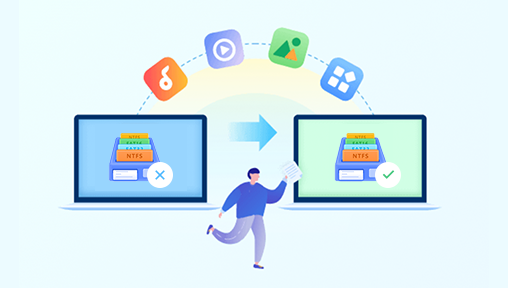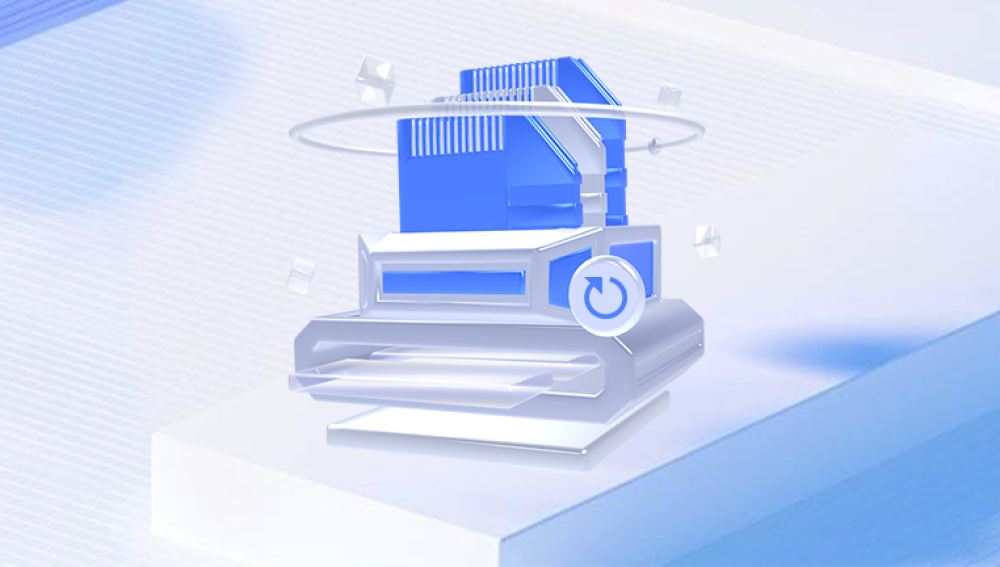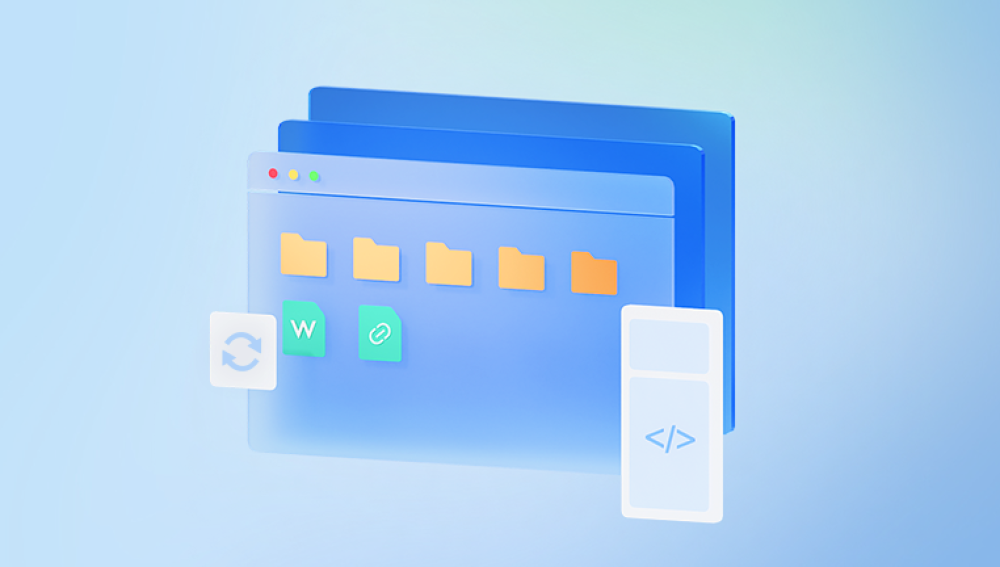Transferring photos from your camera to your computer is a straightforward process, and there are multiple methods you can use. Below is a comprehensive guide to help you through the process, including using USB cables, memory card readers, Wi-Fi, and cloud services. This guide will ensure that you can safely and efficiently transfer your photos.
1. Using a USB Cable
Step-by-Step Guide:
Gather Your Equipment:
Camera
USB cable (typically provided with your camera)
Computer
Connect Your Camera to Your Computer:
Turn off your camera.
Plug the small end of the USB cable into the camera.
Plug the large end of the USB cable into an available USB port on your computer.
Power On Your Camera:
Turn on your camera. Some cameras automatically enter a mode where they can transfer files when connected to a computer.
Access the Camera on Your Computer:
On Windows: Open 'File Explorer,' and you should see your camera listed as a removable device.
On Mac: Open 'Finder,' and your camera should appear under the 'Devices' section.
Transfer the Photos:
Navigate to the folder containing your photos.
Select the photos you want to transfer.
Drag and drop the selected photos to a folder on your computer, or copy and paste them.
Safely Disconnect Your Camera:
On Windows: Right-click the camera's icon and select 'Eject.'
On Mac: Click the eject icon next to the camera's name in Finder.
Advantages:
Reliable and straightforward.
Does not require additional equipment if you already have the USB cable.
Disadvantages:
Requires physical connection with the cable, which might be inconvenient.

2. Using a Memory Card Reader
Step-by-Step Guide:
Remove the Memory Card from Your Camera:
Turn off your camera.
Open the memory card compartment.
Carefully remove the memory card.
Insert the Memory Card into the Card Reader:
Plug the memory card into the appropriate slot on your card reader.
Connect the card reader to your computer's USB port.
Access the Memory Card on Your Computer:
On Windows: Open 'File Explorer,' and the memory card should appear as a removable device.
On Mac: Open 'Finder,' and the memory card should appear under the 'Devices' section.
Transfer the Photos:
Navigate to the folder containing your photos.
Select the photos you want to transfer.
Drag and drop the selected photos to a folder on your computer, or copy and paste them.
Safely Remove the Memory Card:
On Windows: Right-click the memory card's icon and select 'Eject.'
On Mac: Click the eject icon next to the memory card's name in Finder.
Advantages:
Often faster than transferring via USB cable.
No need to power on the camera.
Disadvantages:
Requires a separate card reader if your computer does not have a built-in one.
3. Using Wi-Fi
Step-by-Step Guide:
Enable Wi-Fi on Your Camera:
Turn on your camera.
Access the settings menu and enable the Wi-Fi function.
Connect Your Camera to Your Wi-Fi Network:
Follow the prompts on your camera to connect to your home Wi-Fi network.
Install the Camera’s Companion App:
Download and install the camera’s companion app on your computer or smartphone. Popular brands like Canon, Nikon, and Sony have their own apps.
Pair Your Camera with the App:
Open the app and follow the instructions to pair it with your camera.
Transfer the Photos:
Use the app to browse the photos on your camera.
Select the photos you want to transfer and initiate the transfer process.
Advantages:
No need for physical connections.
Convenient for quick transfers.
Disadvantages:
Can be slower than using USB or card readers.
Requires a Wi-Fi network and compatible app.
4. Using Cloud Services
Step-by-Step Guide:
Enable Cloud Upload on Your Camera:
Turn on your camera and access the settings menu.
Enable the cloud upload function, if your camera supports it.
Connect to a Wi-Fi Network:
Follow the prompts to connect your camera to your Wi-Fi network.
Choose a Cloud Service:
Sign up for a cloud service if you don’t already have one. Popular options include Google Drive, Dropbox, and iCloud.
Upload Photos to the Cloud:
Use your camera’s interface to select the photos you want to upload.
Upload the selected photos to your chosen cloud service.
Access and Download Photos on Your Computer:
Open the cloud service on your computer.
Navigate to the folder where your photos are stored.
Download the photos to your computer.
Advantages:
Access your photos from any device with internet access.
Automatic backups.
Disadvantages:
Requires a reliable internet connection.
Uploading can be time-consuming for large batches of photos.
Tips for Efficient Photo Management
Organize Your Photos:
Create a consistent folder structure on your computer to keep your photos organized.
Use descriptive folder names and consider sorting by date or event.
Backup Your Photos:
Regularly back up your photos to an external hard drive or a cloud service to prevent data loss.
Edit and Share:
Use photo editing software like Adobe Lightroom or free alternatives like GIMP to enhance your photos.
Share your favorite photos with friends and family via social media or email.
Regular Maintenance:
Periodically clean your camera’s memory card and organize your digital photo library to keep things manageable.
Transferring photos from your camera to your computer is an essential skill for any photographer. Whether you choose to use a USB cable, a memory card reader, Wi-Fi, or cloud services, the key is to find the method that best suits your needs. By following the steps outlined in this guide, you can ensure that your precious memories are safely stored and easily accessible.




